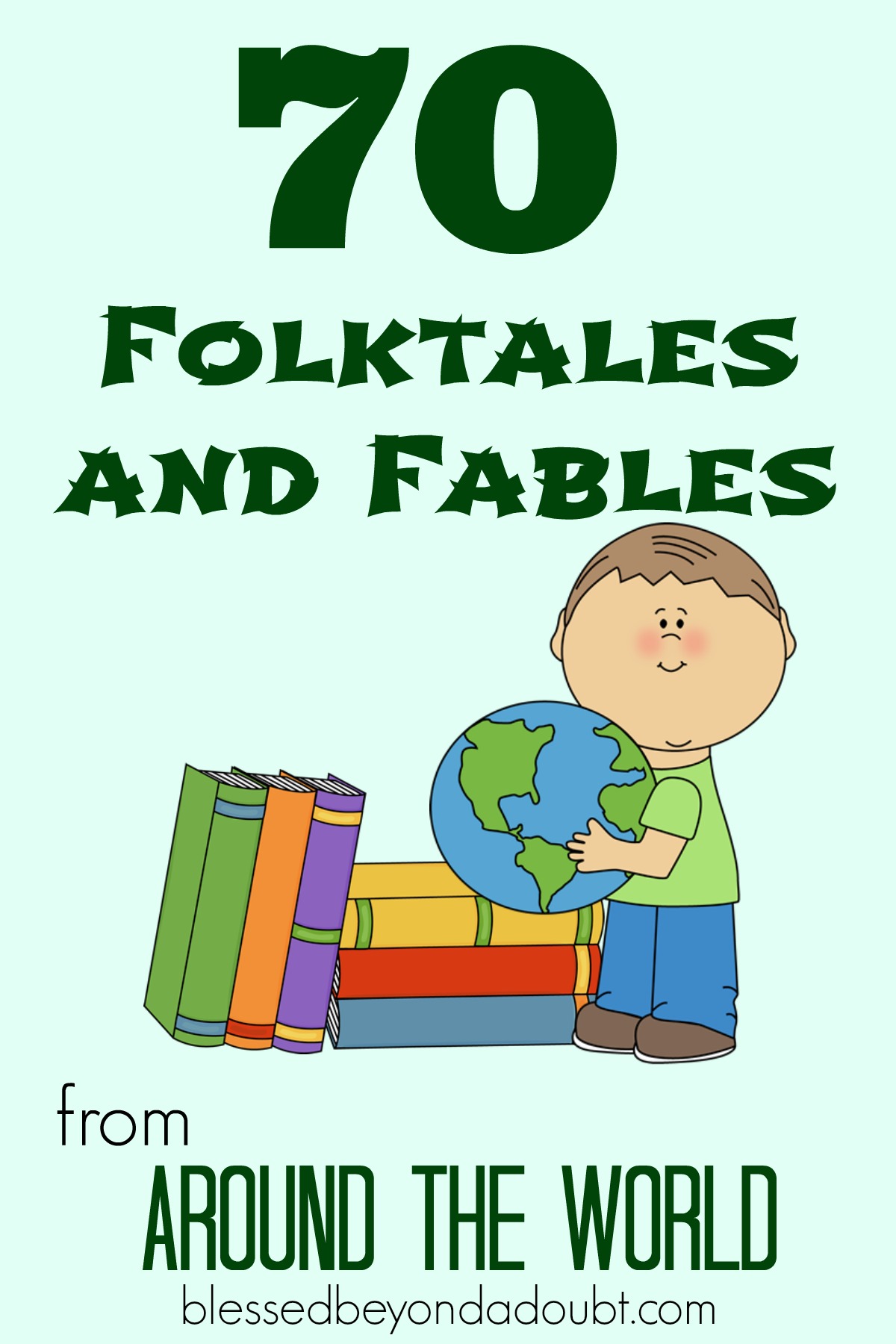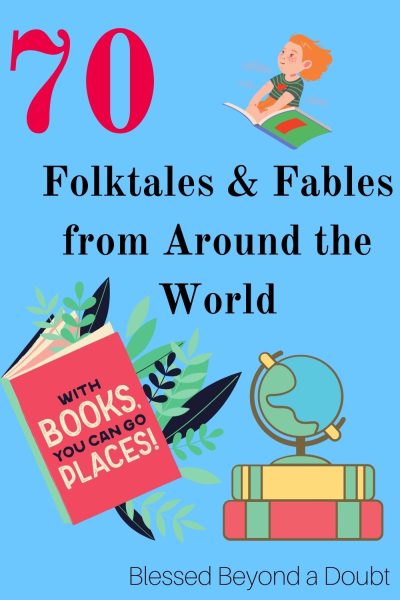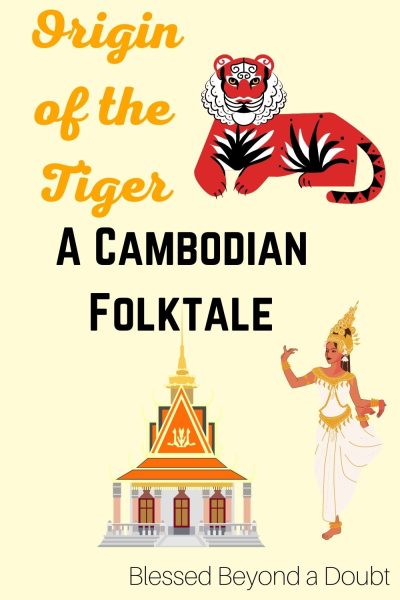 It has been proven that the best way to get a child to learn to read early is to read to them as a baby every day and to continue to read to them through the toddler years. Now, you know that I am an absolute book lover, and I read as often as possible. Therefore, I always read to my own children to encourage them to love to read themselves. It did not matter the type of story at first, as long as I was reading to them. As they got older, I started to look for tales of different cultural traditions, stories that taught a moral lesson, tales of animals (such as the tortoise and the hare), and, as I had multiple children of various ages, I read books that would good for readers of all ages that offered lessons.
It has been proven that the best way to get a child to learn to read early is to read to them as a baby every day and to continue to read to them through the toddler years. Now, you know that I am an absolute book lover, and I read as often as possible. Therefore, I always read to my own children to encourage them to love to read themselves. It did not matter the type of story at first, as long as I was reading to them. As they got older, I started to look for tales of different cultural traditions, stories that taught a moral lesson, tales of animals (such as the tortoise and the hare), and, as I had multiple children of various ages, I read books that would good for readers of all ages that offered lessons.
Remember, before the age of technology, stories and legends were passed down through oral tradition, often telling beast tales of human strengths as they battled various animals and enchanted creatures. Some of the greatest storytellers of all time would have large gatherings of listeners in pubs and gathering halls to listen to their extravagant tales of wonder. They usually played an instrument as they told their tale to these groups and used different thematic patterns to keep the audience enthralled.
This tradition continued through the 19th century and early 20th century, as families would gather in small groups to tell stories, and if they could afford it and knew how to read, they would read short narratives together by the fire. Many of these stories taught folk wisdom and would offer lessons for the children.
From earlier generations, some of the best moral tales were animal fables, such as Aesop’s fables, which taught lessons using animals to describe human behavior and human nature. A great example of this is the story of the ant and the grasshopper. Morals of fables were cautionary lessons where animal characters would face related problems to learn from to bring about a behavior change.
My first piece of advice is to head to your local library to find books about these folktales from around the world before you purchase any of these gems. Also, you can find a few folktales online for your Kindle or another e-reader.
I absolutely love when my students complete a notebook page with this free folktale graphic organizer. It makes them really think deeply about the folktale or fable and how it relates to them. With this graphic organizer, they will be able to explore different characteristics of the story.
I also have these free reading genre posters hanging up in my classroom. They are perfect for homeschoolers, too.
Can I suggest that you consider focusing lessons on different types of stories and folk tales? For instance, consider having a Fables Week during which time you read and explore the different elements of fables. Also, you can cultural week where students bring in different tales of cultures from around the world. They may even decide to choose a story from where their ancestors came from.
As a lover of reading, I decided to gather a collection of fantastic picture books to use to expose your child to a wonderful collection of classical stories, legends, myths, and other world folktales! It’s always exciting to read a folktale from around the world when you are studying a particular country.
There is a little something for everyone among these pages, starting with the classic fairy tale stories by Wilhelm Grimm, Hans Christian Andersen, and Charles Perrault, going on to the morally edifying fables of Aesop and Jean de La Fontaine, and ending with the wisdom, gathered by the people: the folktales from different parts of the world. About folktales The folktale is a story passed down verbally from generation to generation. Each storyteller added something new to the stories, making them more interesting and fascinating as the ages passed. Different folktales bear the characteristics of the culture, folklore, and customs of the people from which they originated.
Asia
- The Lost Horse
: A Chinese Folktale by Ed Young
- Tikki Tikki Tembo by Arlene Mosel
- Judge Rabbit and the Tree Spiri
t by Lina Mao Wall
- The Drum: A Folktale from India by Rob Cleveland
- The Jade Stone
: A Chinese Folktale by Caryn Yacowitz
- The Green Frogs
: A Korean Folktale by Yumi Heo
- How the Tiger Got His Stripes
: A Folktale from Vietnam by Rob Cleveland
- The Archer and the Sun
by Rob Cleveland
- The Five Chinese Brothers
by Claire Huchet Bishop
- Grandma and the Great Gourd
by Chitra Banerjee Divakaruni
Africa
- Why the Sky is Far Away: A Nigerian Folktale
by Mary-Joan Gerson
- Why the Sun and the Moon Live in the Sky
by Elphinstone Dayrell
- Koi and the Kola Nuts
by Verna Aardema
- Why Mosquitoes Buzz in People’s Ears
by Verna Aardema
- Zomo the Rabbit: A Trickster Tale from West Africa
by Gerald McDermott
- Anansi and the Talking Melon
by Eric A. Kimmel
- The Well of Truth: A Folktale from Egypt
by Martha Hamilton
- Mufaro’s Beautiful Daughters
by John Steptoe
- How the Zebra Got His Stripes
by Cari Mostert
- The Heart of a Friendship: An East African Folktale
by H. Arrington
Australia/Oceania
- Rainbow Bird: An Aboriginal Folktale from Northern Australia
by Eric Maddern
- The Biggest Frog
in Australia by Susan Roth
- What Made Tiddalik
Laugh by Joanna Troughton
- Galah and Oolah: An Australian Folktale
by Anastasia Suen
- The Sun and the Kookaburra: An Aboriginal Folktale from Australia
by Jan Mike
- The Flower Seekers: An Australian Aboriginal Folktale
by Kwan Shan Mei
- Whale’s Canoe: A Folktale from Australia
by Joanna Troughton
- Why Koala Has a Stumpy Tail
by Martha Hamilton
- The Bunyip: A Folktale from Australia by Steve Osborn
- How the Turtle Got Its Shell
by Jeffrey Lee
Europe
- Fat Cat: A Danish Folktale
by Margaret Reed MacDonald
- The Old Woman Who Lived in a Vinegar Bottle
by Margaret Reed MacDonald
- The Man Who Kept His Heart in a Bucket
by Sonia Levitin
- The Snow Child: A Russian Folktale by Freya Littledale
- Mr. Semolina-Semolinus: A Greek Folktale by Anthony L. Manna
- The Beautiful Butterfly: A Folktale from Spain by Judy Sierra
- Three Perfect Peaches: A French Folktale by Cynthia C. DeFelice
- The Parrot: An Italian Folktale by Raffaella Gal
- Prince of the Stable: A Hungarian Legend by Christopher Keane
- Baba Yaga: A Russian Folktale by Eric A. Kimmel
North America
- The Jack Tales
:Folktales from the Southern Appalachian by Richard Chase
- The Talking Eggs
by Robert D. San Souci
- How the Stars Fell into the Sky: A Navajo Legend by Jerrie Oughton
- Coyote: A Trickster Tale from the American Southwest by Gerald McDermott
- The Girl Who Loved Wild Horses by Paul Goble
- Pecos Bill
by Steven Kellogg
- The Legend of the Bluebonnet
by Tomie dePaola
- Antelope Woman: An Apache Folktale
by Michael Lacapa
- The Magic Hummingbird: A Hopi Folktale by Michael Lomatuway’ma
- John Henry
by Julius Lester
South America
- The Dancing Turtle: A Folktale from Brazil by Pleasant DeSpain
- The Llama’s Secret: A Peruvian Legend by Palacios
- How Night Came from the Sea: A Story from Brazil by Mary Joan Gerson
- The Monkey’s Whiskers: A Brazilian Folktale by Anne Rockwell
- Chancay and the Secret of Fire: A Peruvian Folktale
by Charles Donald
- Moon Rope
by Lois Ehlert
- The Fox in the Moon
by Franciso X. Mora
- Mariana and the Merchild: A Folktale from Chile by Caroline Pitcher
- The Search for the Magic Lake: A Folktale from Ecuador by Donna Perrone
- James the Vine Puller: A Brazilian Folktale by Martha Bennett Stiles
The Artic/Antarctic
- Kumak’s Fish: A Tale from the Far North
- The Polar Bear Son: An Inuit Tale by Lydia Dabcovich
- Aurora: A Tale of the Northern Lights
by Mindy Dwyer
- The Eye of the Needle: Based on a Yupik Tale by Betty Huffmon
- Raven Brings the Light: An Inuit Folktale by Kim Howard
- The Giant Bear: An Inuit Folktale by Jose Angutingunrik
- The Dancing Fox by John Bierhorst
- The Seal Oil Lamp
by Dale de Armond
- Berry Magic
by Teri Sloat
- The Salmon Princess
by Mindy Dwyer
What’s your favorite folktale from around the world?
One of my favorite stories is the “Origin of the Tiger”, a Cambodian folktale with a number of applications. You can see it for yourself here: http://www.chanbokeo.com/index.php?gcm=1411&grid=120007>op=5327
Thanks so much for reviewing this list of world stories. As a teacher, I am always looking for stories that will help expand my student’s horizons, and seeing the world through the eyes of a story from another part of the world is a great way to do that. I teach mostly ESE students who often hate reading. Giving them compelling stories can often help get them past the challenges of reading. Plus, if the stories contain an interesting lesson, it gives us lots to discuss as we engage with the text- great assets for any good teacher.













Thanks so much for this list of world stories. As a teacher, I am always looking for stories that will help expand my student’s horizons and seeing the world through the eyes of a story from another part of the world is a great way to do that. I teach mostly ESE students who often hate reading. Giving them compelling stories can often help get them past the challenges of reading. Plus, if the stories contain an interesting lesson, it gives us lots to discuss as we engage with the text- great assets for any good teacher.
One of my favorite stories is the “Origin of the Tiger,” a Cambodian folktale with a number of applications. (You can see if for yourself here: https://seap.einaudi.cornell.edu/cambodian-folktales)